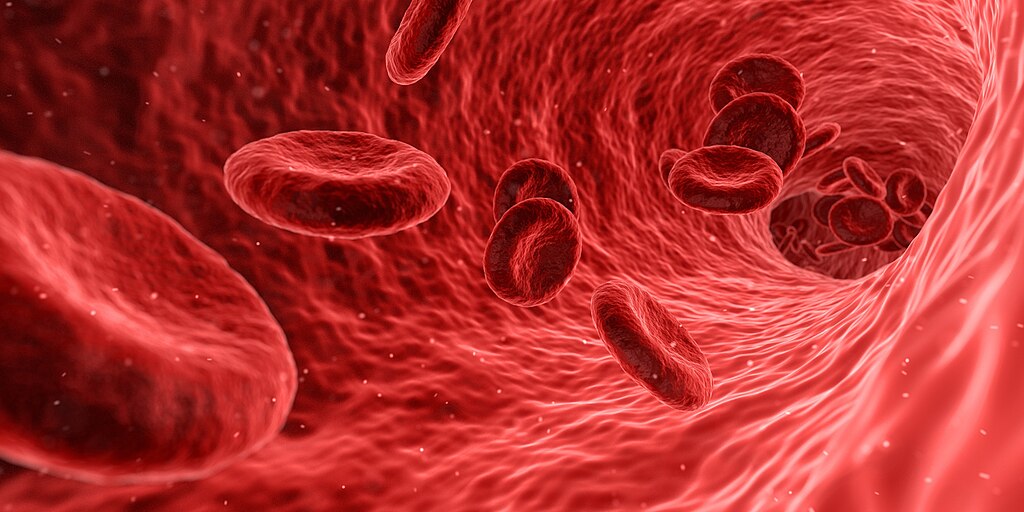I’ve been donating blood since I was a teen. In those days, the hemoglobin test consisted of a finger prick and dripping a drip of blood into copper sulfate solution and a visual observation of the sinking vs. suspension determined whether hemoglobin content was high enough for donation. This test was not preferred due to the subjective endpoint and relatively high false positives and false negatives, ~3% and ~20% by one study. The next advancement was a small scale hemoglobin analyzers. Capillary testing from a finger prick has been been widely criticized as insufficient compared to analyzing venous blood.
Two and a half years ago, I went through a healthcare journey that started right at the Red Cross, when I failed the hemoglobin test to donate. In 2022 I had set a new year’s resolution to increase my normal whole blood donation rate to 4 times in a single year. My ambitions crashed spectacularly into insidious iron-deficiency anemia.
Today, finally healthy and cleared to donate again, I returned to the Red Cross. During screening I finally had a personal encounter with the latest chapter in hemoglobin analysis – a noninvasive blood analyses measure by OrSense. From a product perspective, eliminating the finger prick not only improves patient comfort, but it also eliminates a source of bloodborne pathogen exposure and medical waste. The OrSense applies pressure to the thumb and uses occlusion spectroscopy to measure hemoglobin levels in the blood.
It had me considering my medical journey where I only happened to detect a health problem because I was a blood donor. There is an estimated two billion people suffering from anemia worldwide. It’s not hard to imagine this entering the primary care space and becoming a regular screening tool. I would love to see this technology incorporated into home monitoring equipment such as blood pressure cuffs, and of course, consumer wearables.

Leave a Reply